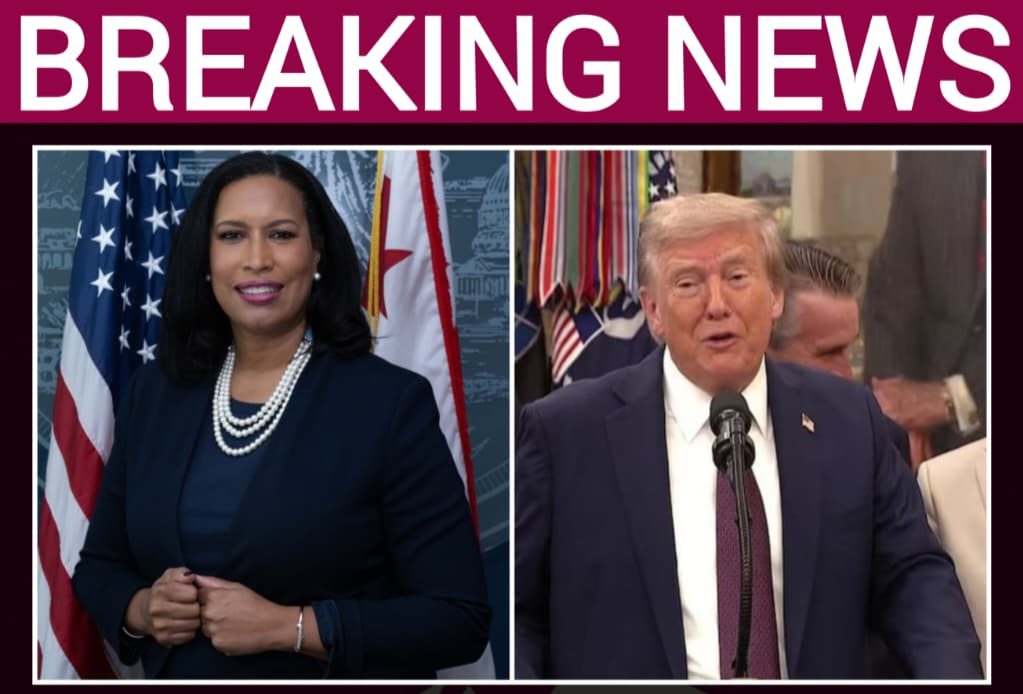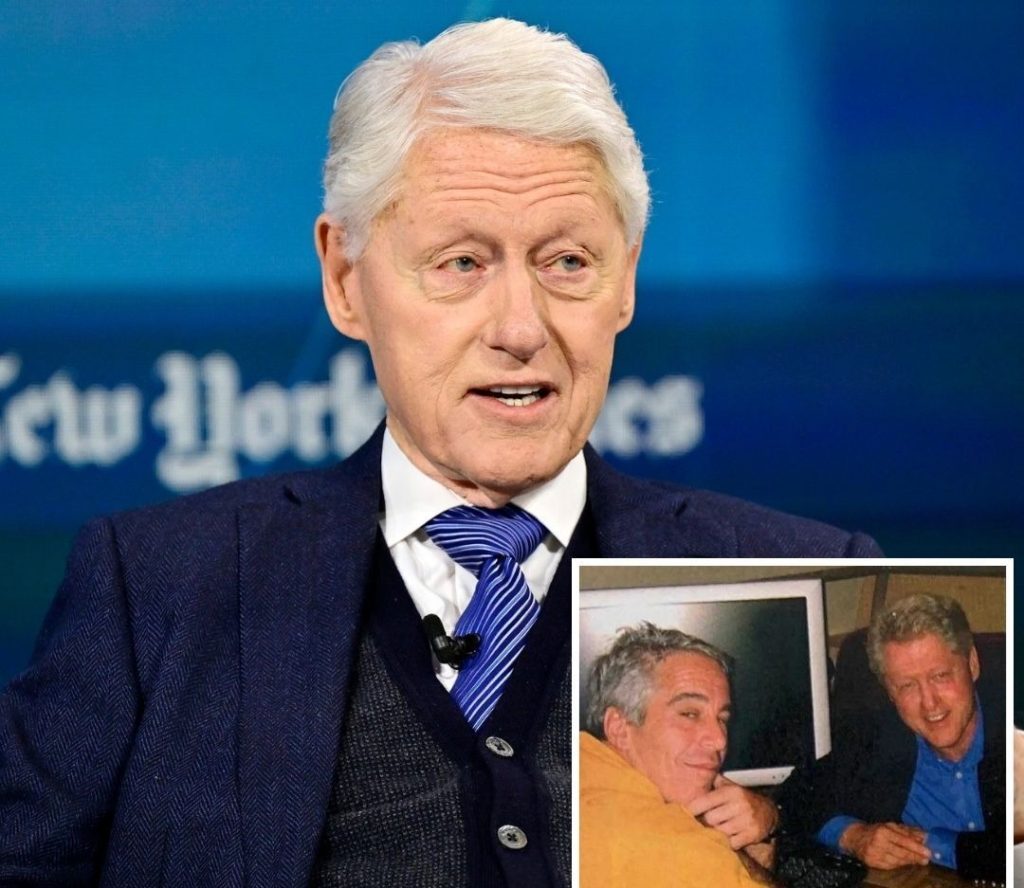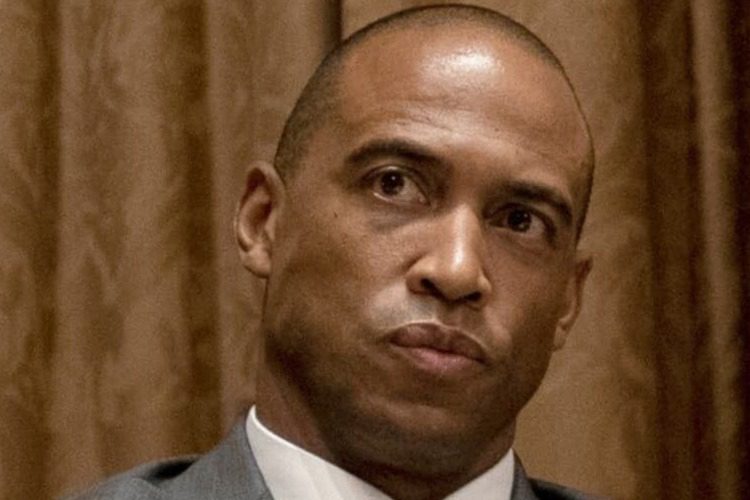Washington D.C. Mayor Muriel Bowser Signs Open-Ended Order for Metro Police to Work With Federal Agencies After Trump’s 30-Day Takeover
The story of Washington D.C.’s policing over the past few weeks has been one of tension, relief, and controversy all at once. After President Donald Trump launched a sweeping 30-day federal takeover of the city’s law enforcement, Mayor Muriel Bowser has now signed an executive order of her own that keeps coordination between the Metropolitan Police Department and federal officers going with no expiration date. For residents who watched the capital turn into a symbol of both fear and safety, this decision has sparked a wide debate about what it means for the city’s future.
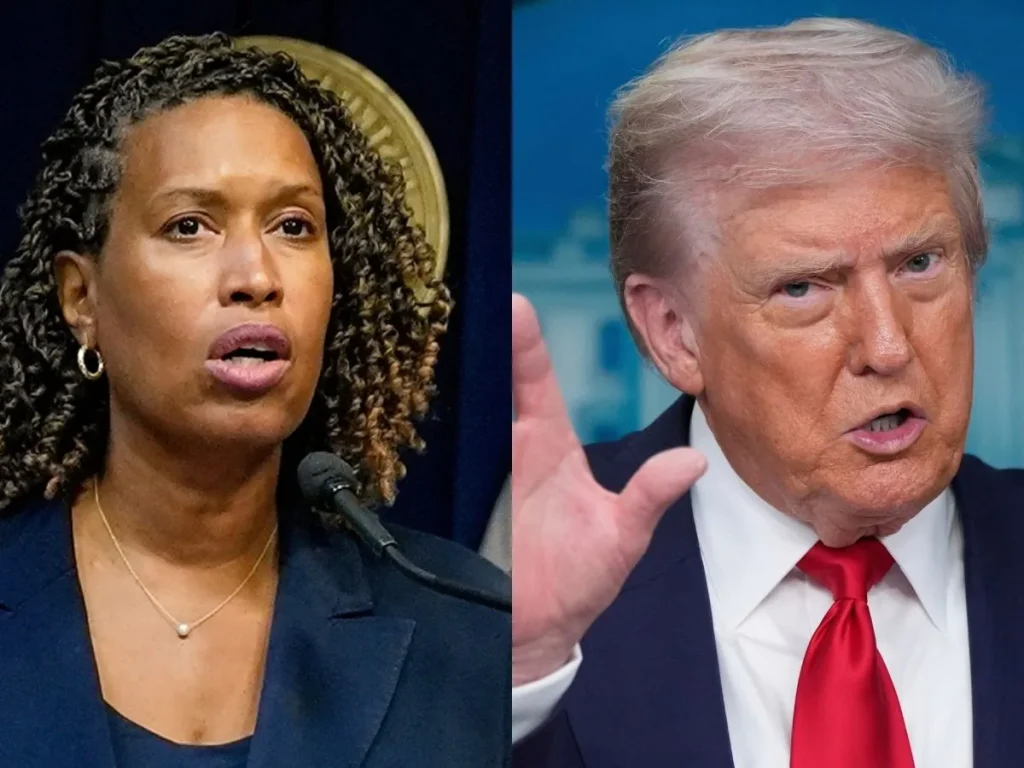
Bowser’s order establishes what is being called the Safe and Beautiful Emergency Operations Center, or SBEOC, a command hub that includes the FBI, DEA, ATF, Secret Service, and other agencies. The idea is that this center will remain in place permanently, ensuring that coordination does not end just because the federal emergency is officially over. The language of the order says the MPD must cooperate to the maximum extent allowable by law, which shows that while the mayor is making this arrangement indefinite, it is still bound by legal oversight under D.C.’s Home Rule Act.
The reasoning for this step lies in the numbers. During Trump’s 30-day federal intervention, the administration pointed to massive declines in crime. Carjackings reportedly dropped by as much as 87 percent, and reports of shootings and robberies fell sharply. Businesses and some residents praised the results, saying they felt safer than they had in years. On the other hand, community leaders and advocacy groups pointed to disturbing scenes of masked agents, aggressive patrols, and raids that stirred fear in neighborhoods already distrustful of law enforcement. Many residents in predominantly Black areas of the city described feeling as though they were under occupation rather than protection.
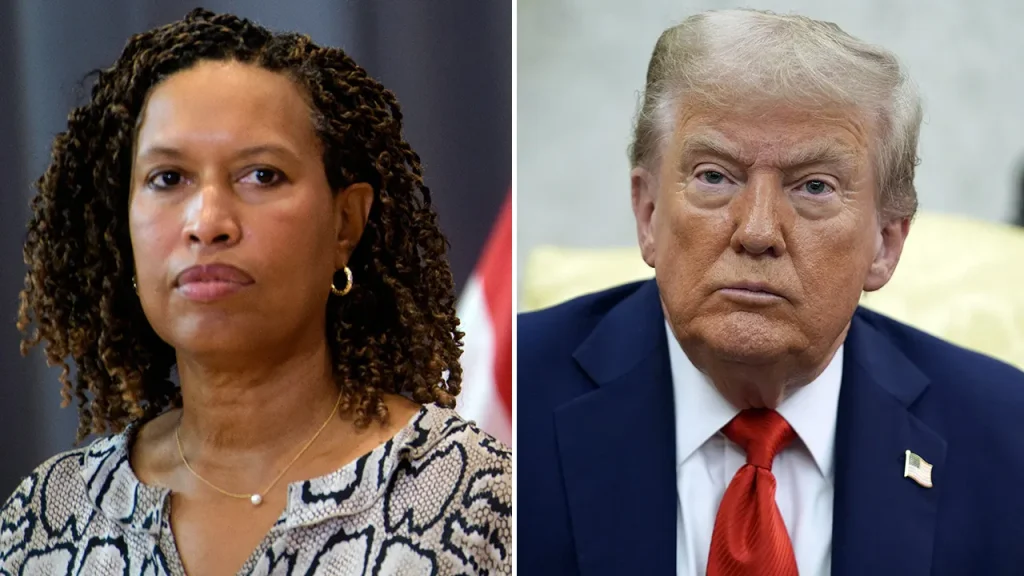
For Bowser, the order is a delicate balance. She acknowledged the gains in crime reduction but also admitted that the way it was achieved has shaken trust. By creating a local structure that keeps federal resources close but under city coordination, she seems to be attempting to maintain the benefits while softening the harder edges of Trump’s approach. The challenge is that the order has no set end date, which immediately raised questions from critics who argue that this is effectively an open invitation for federal control to become normalized in the capital.
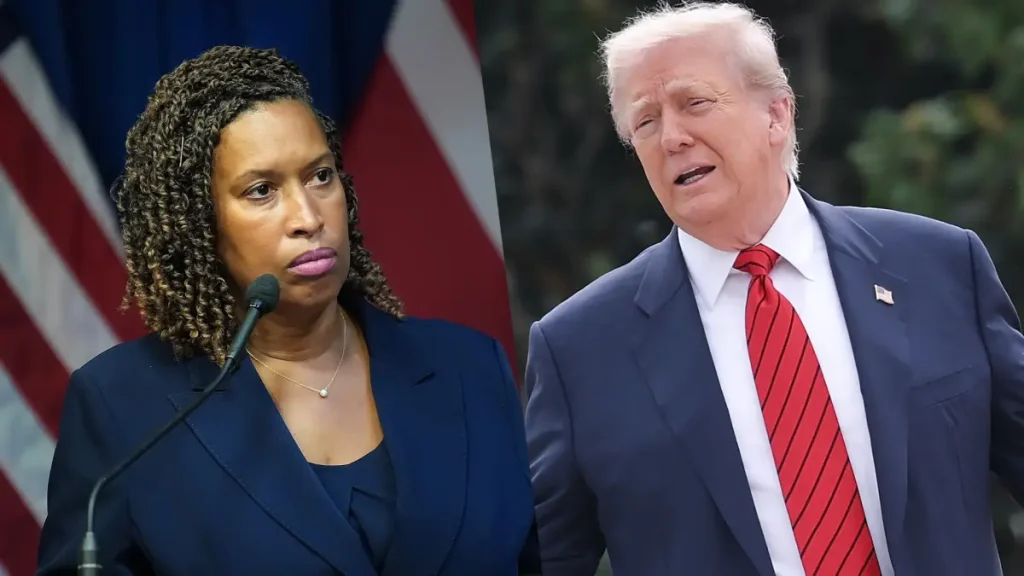
The public response has been divided. Some see the decision as a practical measure to keep crime down and protect residents, while others fear it marks a step backward for D.C.’s local autonomy. The city has long fought for greater independence from federal oversight, and this moment feels to many like a reversal. Over the weekend, protests broke out across the city, with residents carrying signs demanding an end to what they call militarization of their streets. At the same time, several business groups and neighborhood associations released statements of support, saying the new structure gives them confidence that the progress made will not unravel.
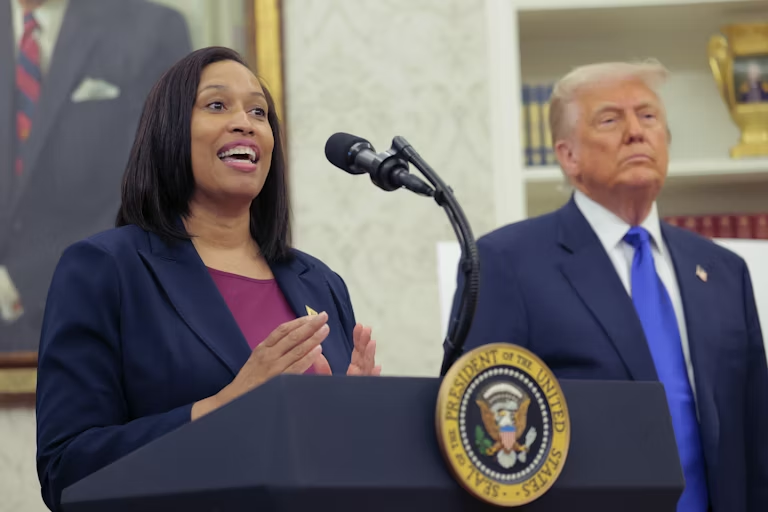
What makes this story so powerful is that it reflects the ongoing tension between safety and freedom, between local governance and federal power. D.C. has always been a unique city, not just because it is the nation’s capital, but because its people live at the intersection of national politics and local life every single day. Mayor Bowser’s decision to sign an open-ended order shows how complicated it is to govern in that space, where every step carries symbolic weight far beyond the city’s borders. Whether this move ultimately restores trust or deepens division will be seen in the months ahead, but for now, Washington is once again at the center of a national debate about power, safety, and the price of control.
